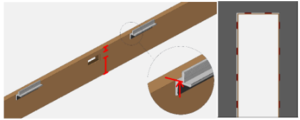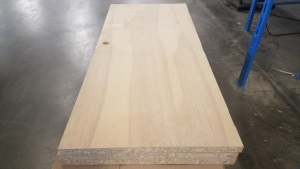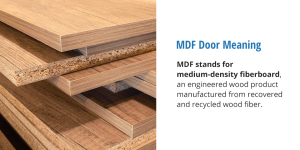WPC DOOR VS MDF DOOR
| Feature | WPC Doors | MDF Doors |
|---|---|---|
| Material | Wood powder + polymer (PVC, PE, etc.) | Wood fibers + resin |
| Moisture Resistance | High (no warping or rotting) | Low (swells in moisture) |
| Durability | High (resistant to impact) | Moderate (can be damaged easily) |
| Environmental Impact | Eco-friendly, no formaldehyde | Can release formaldehyde |
| Workability | Customizable, but less flexible for carving | Easy to cut and paint |
| Cost | Higher price | More affordable |
MDF Doors and the Issue of Cracking
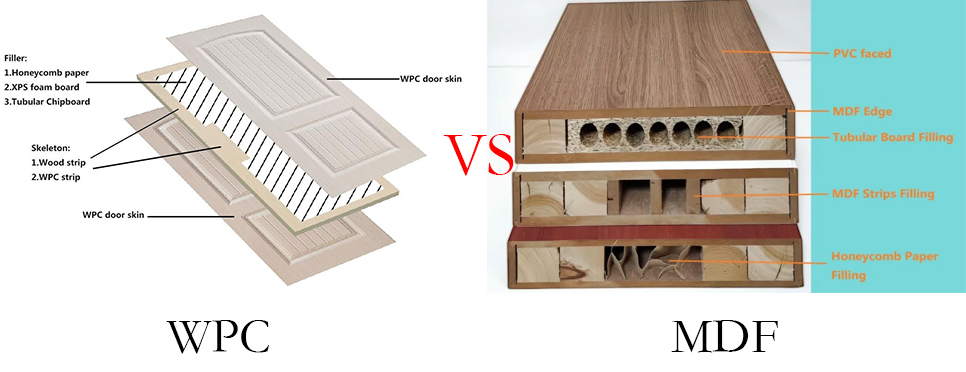
Advantages of WPC Doors: Superior Waterproof Performance
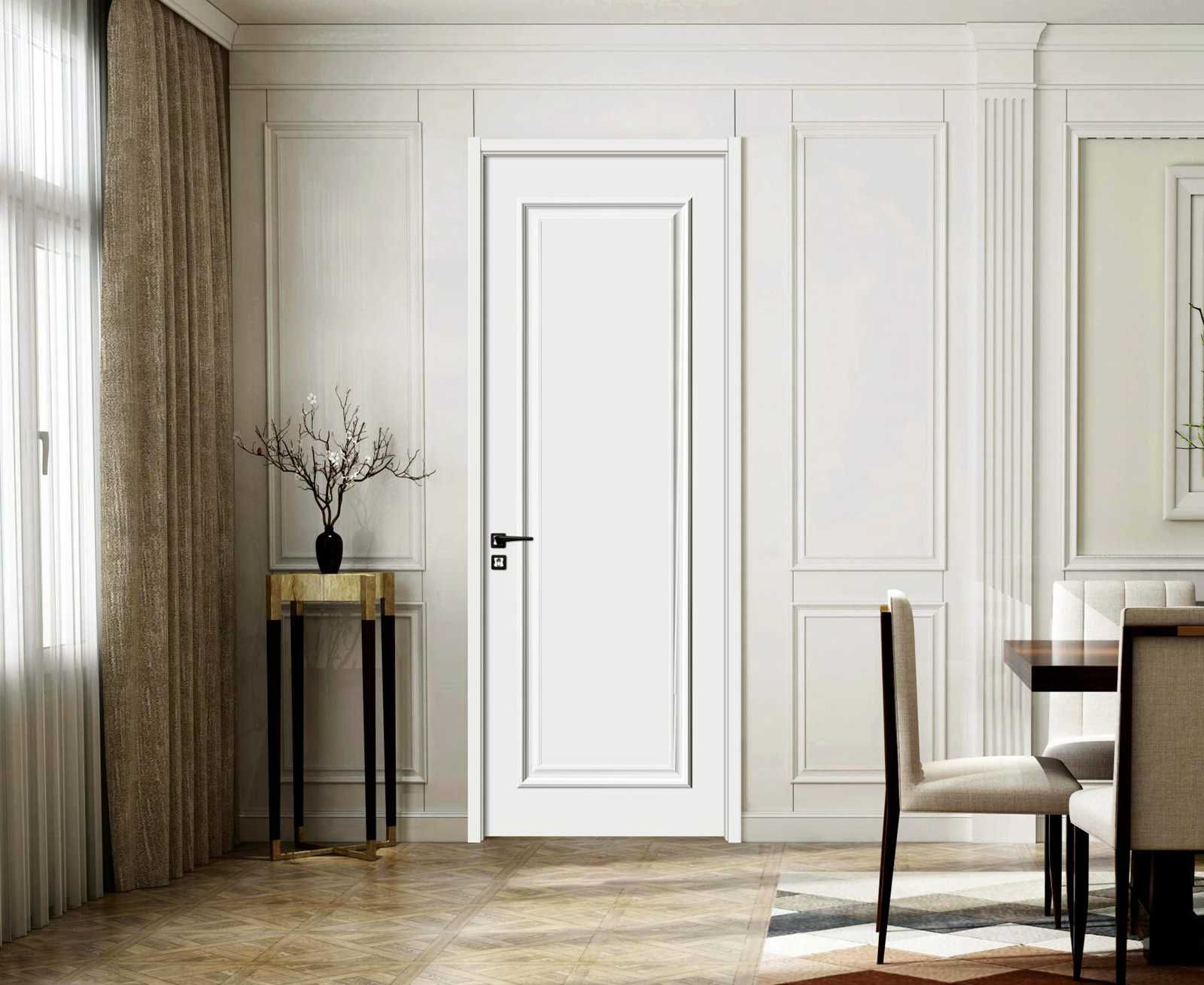
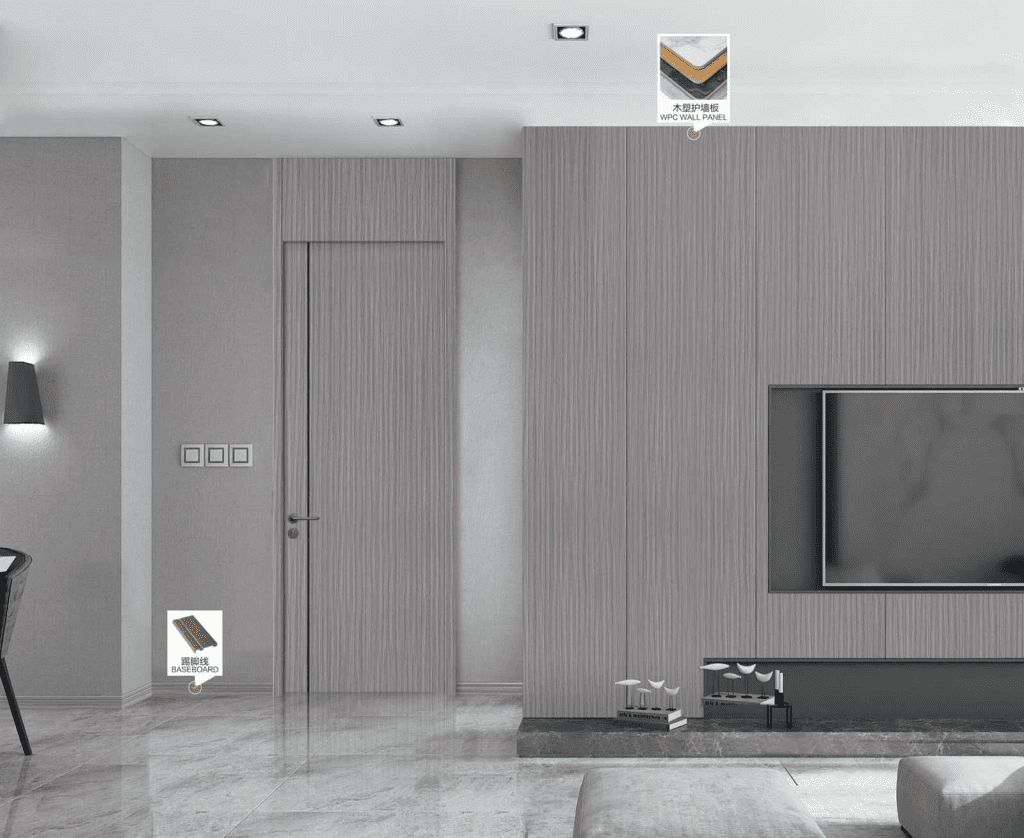
WPC (Wood Plastic Composite) doors stand out for their exceptional waterproof capabilities, making them an ideal choice for environments prone to moisture exposure. Unlike traditional materials like MDF or solid wood, WPC doors are made from a blend of wood fibers and thermoplastic materials, which provide enhanced resistance to water and humidity. This makes WPC doors highly durable in areas like bathrooms, kitchens, or coastal regions where moisture can easily damage other door materials.



One of the key benefits of WPC doors is their ability to resist swelling, warping, and rotting when exposed to water, ensuring they maintain their structural integrity and appearance over time. Whether it’s heavy rain, high humidity, or accidental spills, WPC doors can withstand these challenges without compromising on performance. This makes them an excellent long-term investment, especially for homes and commercial spaces that need reliable, low-maintenance doors that won’t deteriorate in damp conditions.
In addition to waterproofing, WPC doors also offer excellent resistance to termites and mold, further enhancing their longevity and suitability for various applications. With WPC doors, you can enjoy peace of mind knowing that they will stand up to moisture and maintain their aesthetic appeal for years to come.
MDF doors, although a popular choice due to their smooth surface and affordability, can suffer from a common issue: cracking, especially around the edges. This typically happens when MDF is exposed to moisture or temperature fluctuations.
MDF is highly sensitive to changes in humidity, and when exposed to excessive moisture, it can swell, weaken, or even develop cracks. The edges of the doors are particularly vulnerable to this, as MDF doesn’t have the same natural resistance to water that wood does. Over time, repeated exposure to moisture can cause the door surface to crack and deteriorate, leading to unsightly damage and reduced structural integrity.
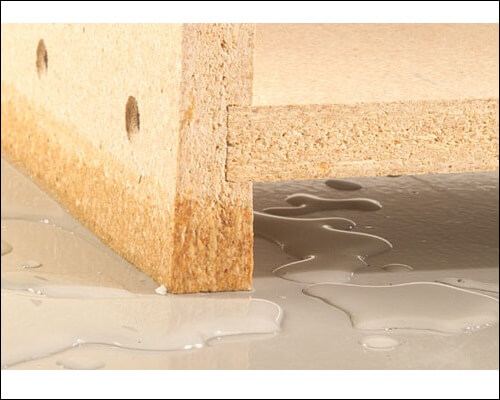
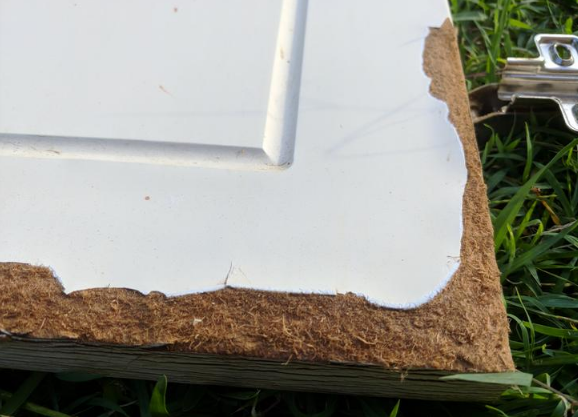
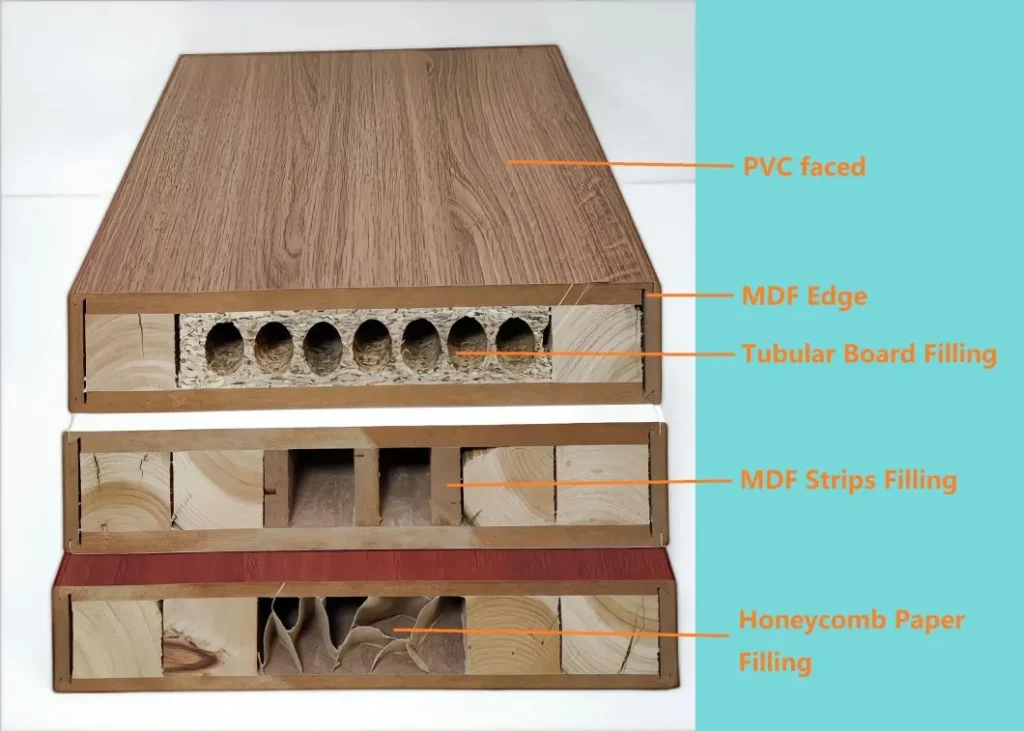
To prevent cracking, it’s essential to properly seal and maintain MDF doors, particularly in areas with high humidity, such as bathrooms and kitchens. However, even with proper sealing, MDF is still not as moisture-resistant as alternatives like WPC doors, which are specifically designed to handle such environmental stress.

